When Spanish invaders arrived in Peru circa 1532, it did not take them long to learn about the importance of a common plant in local culture.
The priests were using the leaves in all their ceremonies and rituals. The inhabitants even offered them as currency. Peruvians considered the coca plant a divine gift.
‘When the gods wish to punish us they answer our prayers’ Oscar Wilde
Of course, the Spanish then promptly did what all good conquerors do. They declared the use of the coca plant evil and by 1560 they were awfully busy eradicating all coca production. Until… the very same Spanish explorers discovered the benefits of the plant in the thin atmosphere of the Peruvian highlands. Then their flamenco quickly changed and soon they were using the leaves themselves (when they weren’t providing it to the Indian laborers in their silver mines).
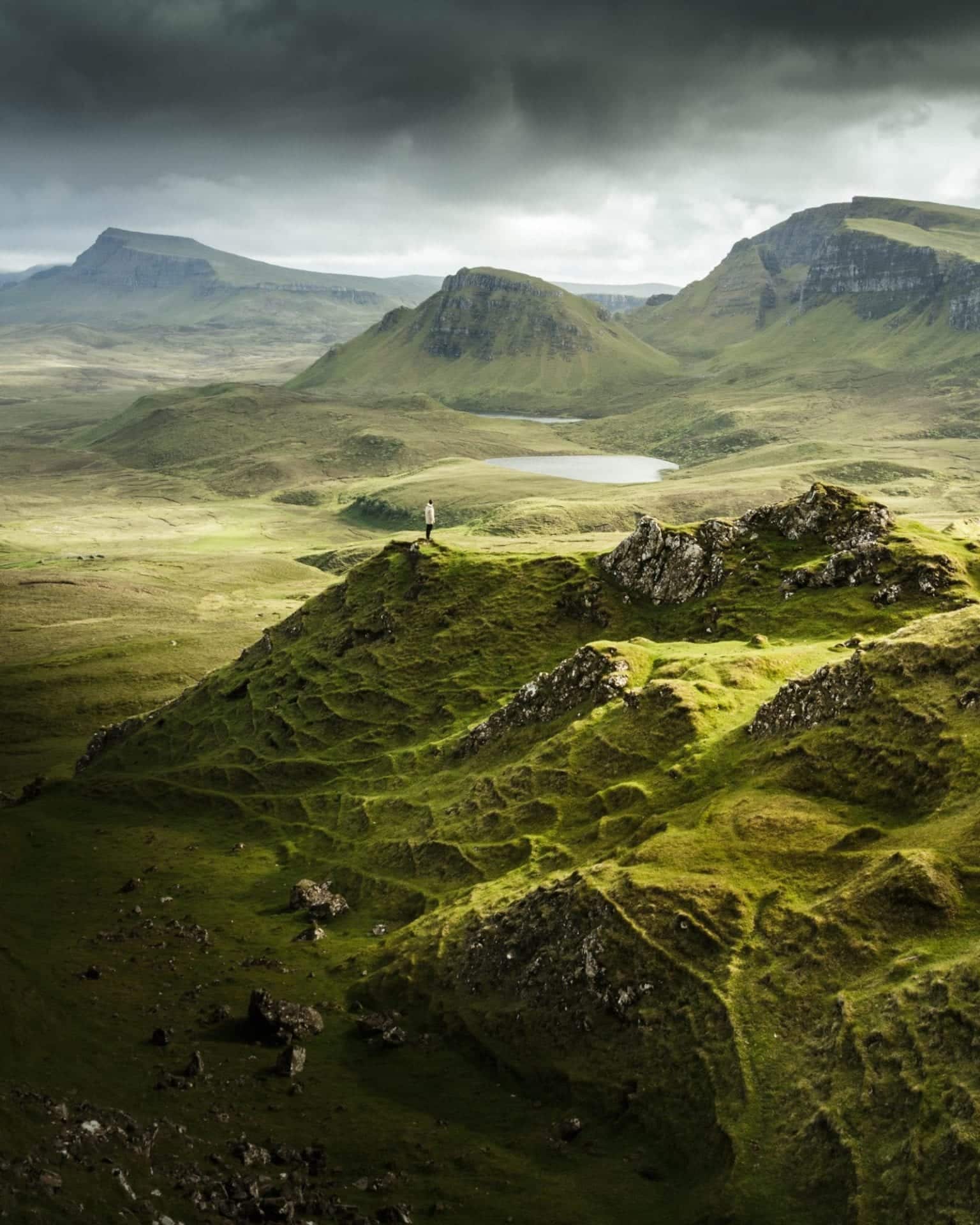
And the good news was spreading.
By 1722 Father Antonio Julian had published Perla de America praising the virtues of coca. In 1793 a pamphlet by Don Pedro Rolasco Crespo was recommending coca for use by sailors. Baron Ernst Von Bibra also included coca in his widely applauded work on ‘Narcotic Pleasure Drugs and Man’ in 1855.
The Erythroxylaceae family of plants are native to Peru’s Andes mountains. Four cultivated plants of the species grow here and the common Peruvian has never needed a scientists to tell them they were onto something inherently good.
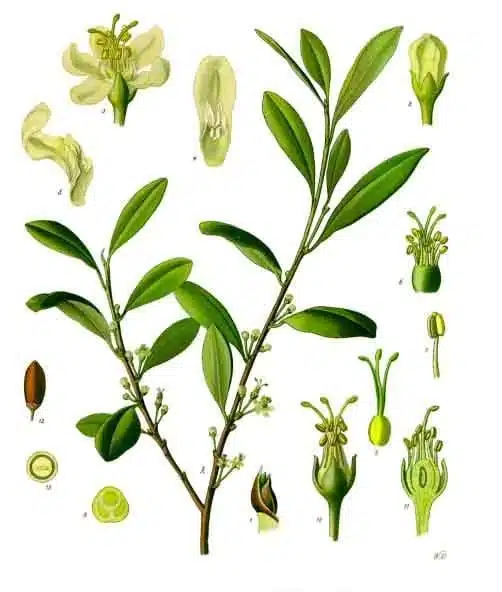
Five hundred years later nothing has changed. Walk into a Peruvian restaurant or roadside stand, chew a bit of coca leaf and you will still be serving yourself a helping of naturally occurring vitamin A, riboflavin, iron, and calcium. Your blood glucose will be regulated, thus enhancing metabolism and helping to reduce the tendency toward adult-onset diabetes and obesity. Coca leaf is also rich in beneficial antioxidants, including ones that help to protect the integrity of blood vessels.
It’s all just tickety-boo really.
Until you isolate the primary alkaloid from the coca leaf. One fine day in 1859 a graduate student at Göttingen University named Albert Niemann woke up, looked around his bedroom and thought to himself: ‘What a perfectly lovely day to awaken the beast.’ He promptly went forth and extracted cocaine.
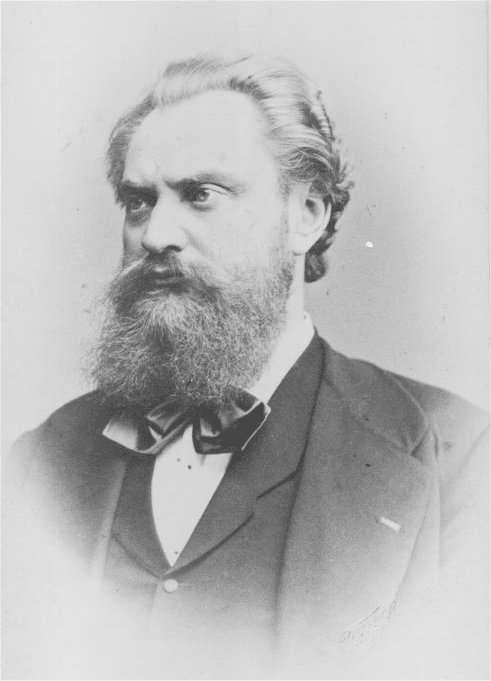
Where did young Niemann get the coca leaves in his laboratory from?
The coca plant grows exclusively in the Andes of South America. Predominantly on the eastern slope. This makes Peru, Bolivia, and Colombia the world’s main coca leaf producers.
SUDDENLY, COCAINE
By the time Niemann had earned his Ph.D. off the back of a dissertation on the ‘colorless, transparent prisms’ in 1860, his discovery was covering the Western World in a cloud of industry, happiness, and money.
The early presidents of the United States, Thomas Edison, Jules Verne, Queen Victoria, Pope Leo XIII, Pope Saint Pius X, and H.G. Wells enthusiastically consumed ‘Vin Tonique Mariani’ with its 7.2mg of cocaine per ounce, while Sigmund Freud preferred his cocaine straight up.
Pharmaceutical giant Parke-Davis freely dispensed pure cocaine in candies, tablets, sprays, gargles, and ointment. They were skipping all the way to the bank. But their shining star would be eclipsed when, in 1891, Atlanta pharmacist Asa Griggs Chandler purchased the patent for a drink called Coca-Cola from an American Veteran and morphine addict, John Pemberton. Originally formulated as a morphine substitute, the drink provided a bit of a cocaine jolt with a blast of caffeine until 1906, when the cocaine was finally removed from the formula. Long after Parke-Davis became a mere subsidiary of Pfizer, the Coca-Cola company would still use coca leaf extract. Today it is the sole American customer of Stepan Company of Maywood, New Jersey… which is the sole legal American processor of coca leaf.
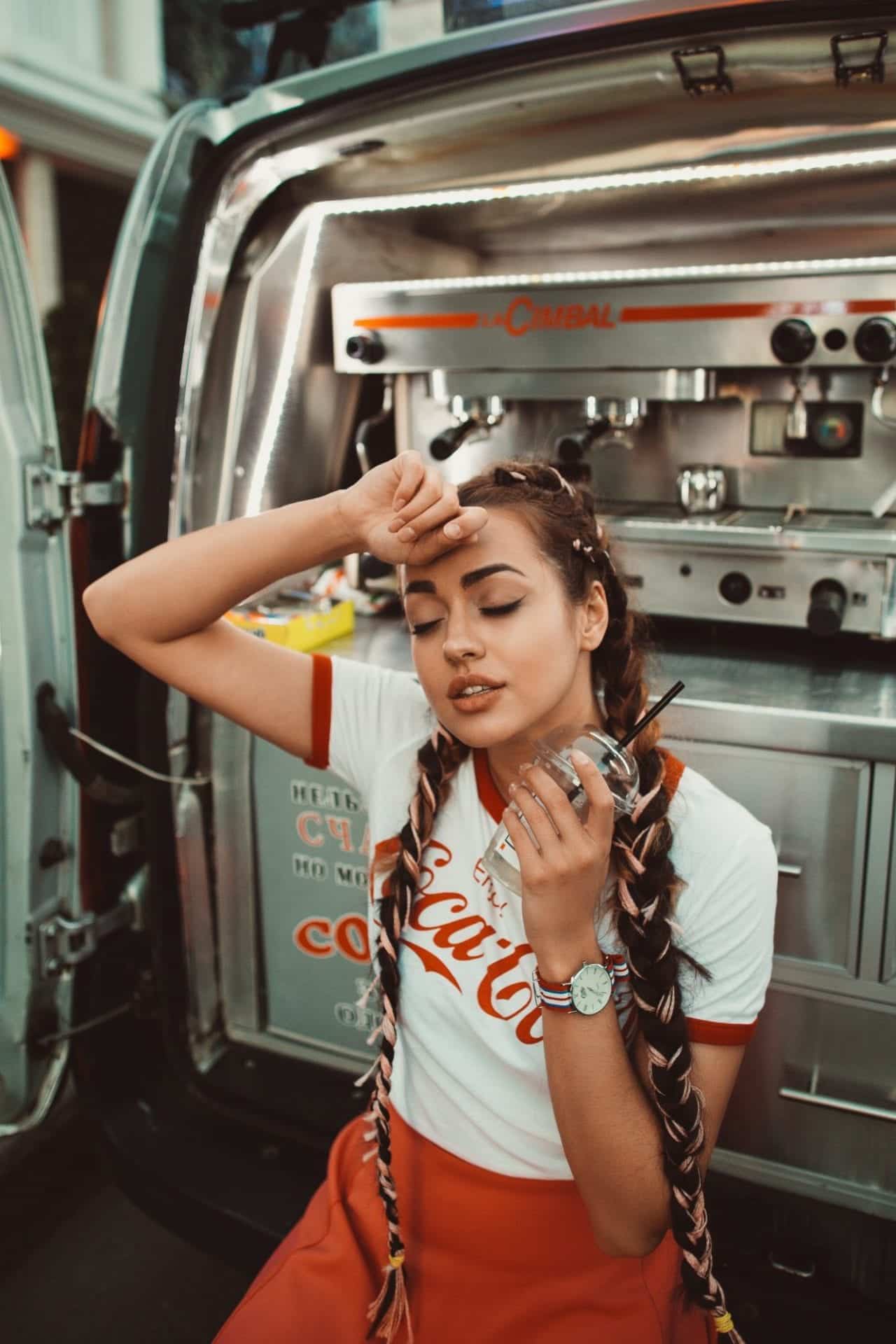
Soon after cocaine entered mainstream use it became quite clear that the isolated and concentrated alkaloid was nothing like the tonic offered by its parent plant. Classified as a narcotic (which is quite the misnomer considering its powerful stimulant properties) since 1922, its recreational use was criminalized under the Single Convention on Narcotic Drugs in 1961 and currently between 14 and 21 million people use it every year. Of these, in 2016 over 10,000 died as a direct result of cocaine use in the USA alone (not counting lives lost due to drug wars etc.).
Humans, in their wisdom, will also pay billions of US$ for the privilege of this miserable death.
And they are still getting it from Peru, Bolivia, and Colombia. In 2013 the UN estimated that Peru produced 340 tonnes of cocaine (Colombia, in second place, producing 309 tonnes).
WHICH BRINGS US TO A BAD DEBT, SOME DICTATORS AND DON HERNÁN DEL AGUILA CANAYO
Coffee arrived in Peru via Ecuador in the mid-18th Century. After the turn of the 20th Century, Peru defaulted on a loan to the British Government and two million hectares of land was transferred to the Crown as a repayment. Of this land, a quarter was used for agricultural production and suddenly a serious trade in coffee export developed. Peruvian coffee started in the hands of European elite but wars and dictatorships slowly resulted in workers migrating and the British Company departing. By the mid 20th Century the small-scale peasant coffee farmer was entrenched in the Peruvian economy.
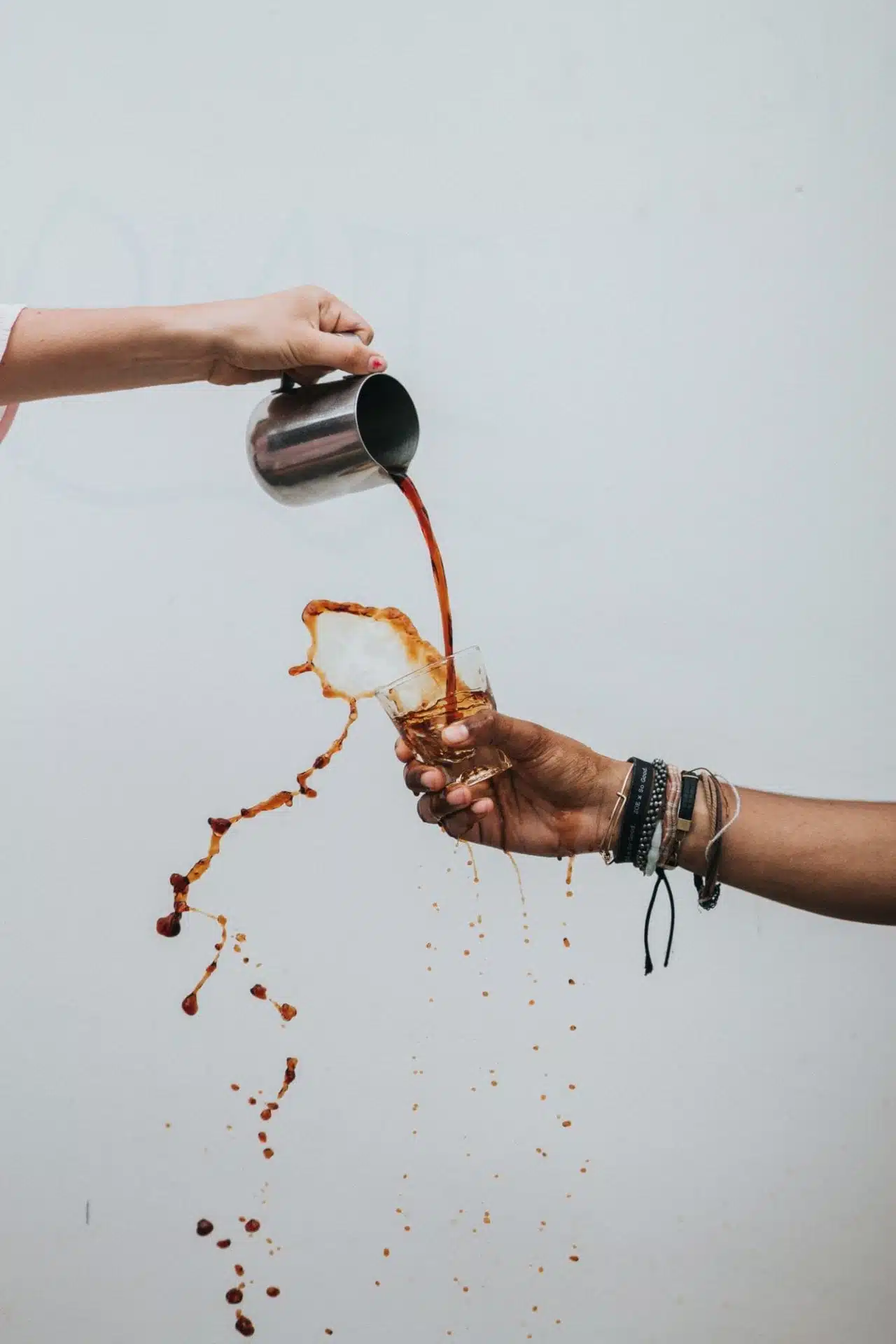
Meanwhile, the people of Peru are still chewing the coca plant, making it into tea and using it as a medicine. Ex-President Alan Garcia Perez even suggested using the plant in salads.
But that does not pay the bills.
So, in the Lower Huallaga Valley of Peru, fresh coca leaves or coca paste were supplied to cocaine laboratories in 50 kg bags. From where it made its way into the global cocaine market where billions of US$ were made from supplying all the millions of users worldwide. And Don Hernán del Aguila Canayo used to be a busy little cog in this large machine.
Then, three decades ago, the UN Office on Drugs and Crime stepped in with a cunning plan. Providing technical assistance to develop modern and commercially viable legal alternative enterprises. Like coffee.
Back in 1999, Don Hernán became a founding member of the Oro Verde co-operative and by 2003 they joined the Fair Trade market.
The endeavor was benefitting over 40,000 people (working directly with 8,000 farming families) in 2006. By 2012 exports of products stemming from alternative development was in excess of US$150 million.
The learning curve was steep.
What happens when a small-scale Peruvian farmer switches and grows alternative crops?
- Poor infrastructure and low prices result in difficult access to new markets
- There is a lack of local agricultural services and private or government support.
- All of this results in a loss of around US$750 per family each year.
But there are also advantages which include:
- Improved community security
- Increased soil fertility
- Higher land values
- Escape from exploitation by drug traffickers.
Don Hernán describes the difference between coca and coffee like this:
‘Coca is a little more profitable but from a social point of view it is a disaster’
Now, with Fairtrade they are sustaining themselves, they can set goals and their children can have an education.
By 2009 Oro Verde comprised 1000 families.
The man who once traded coca leaf to provide for his wife and six children says:
‘We receive better prices. My wife and I live without fear, and spend more time with our children.’
Peru’s DEVIDA agriculture agency also incentivizes smallholders to plant coffee instead of coca.
In 2013 Peru’s coffee crops suffered terrible leaf rust affecting between 30 and 40% of the coffee crop. But this problem is now in the past and coffee production is growing once again. The coffee trade now provides 855,000 jobs largely in remote impoverished areas.
Peru may still be the world’s No 1 provider of cocaine but it also remains the world’s leading exporter of organic coffee.
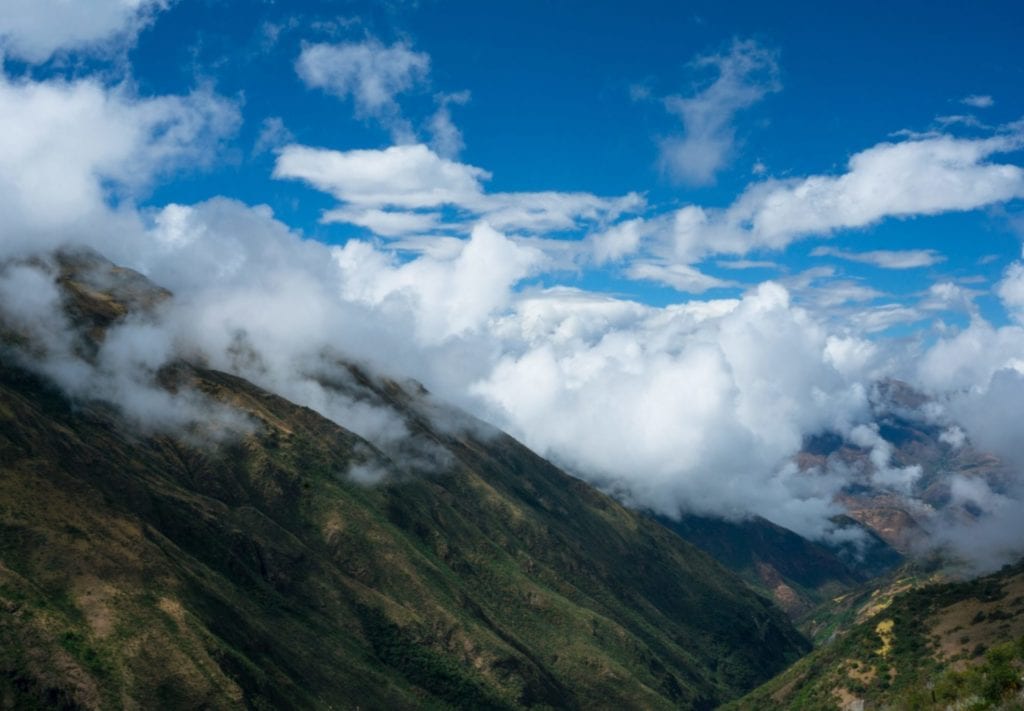
Why should you seek out and support guys like Don Hernán during your trip to Peru?
(it’s all deliciously selfish but looks fabulous from afar!)
1. Authenticity will Be Yours
When Sarah Ban Breathnach said the ‘Authentic self is soul made visible’… she did not have travel in mind. But any Rothschild Designer can tell you in a heartbeat that authenticity is the secret lens through which you will see ALL the magic and differences of a country. Every time.
It cannot be bought.
It is One of a Kind.
Chances are it won’t be in the usual guidebook or glossy brochure… but then that is why you are reading the RS Blog.
~
2. Be treated like Family
We admit. This can go both ways. But we guarantee: you WILL have a splendid story to tell!
~
3. Single-Handedly End Cocaine Use
… because all great journeys must start with a single step. Putting money into any business that is an alternative to coca cultivation IS that step.

4. Practice your Penmanship
Paul Theroux in the Old Patagonian Express of 1979, said that ‘the only way to handle a Peruvian is to agree with his pessimism’. It might be time for an update. Should you feel Mr. Theroux needs the latest cultural information please feel free to contact him here.
~
5. Sometimes all you Need is a Billion Dollars
Empower the local people to make the decisions that impact them. What you spend your money on is how everyone will keep score.
~
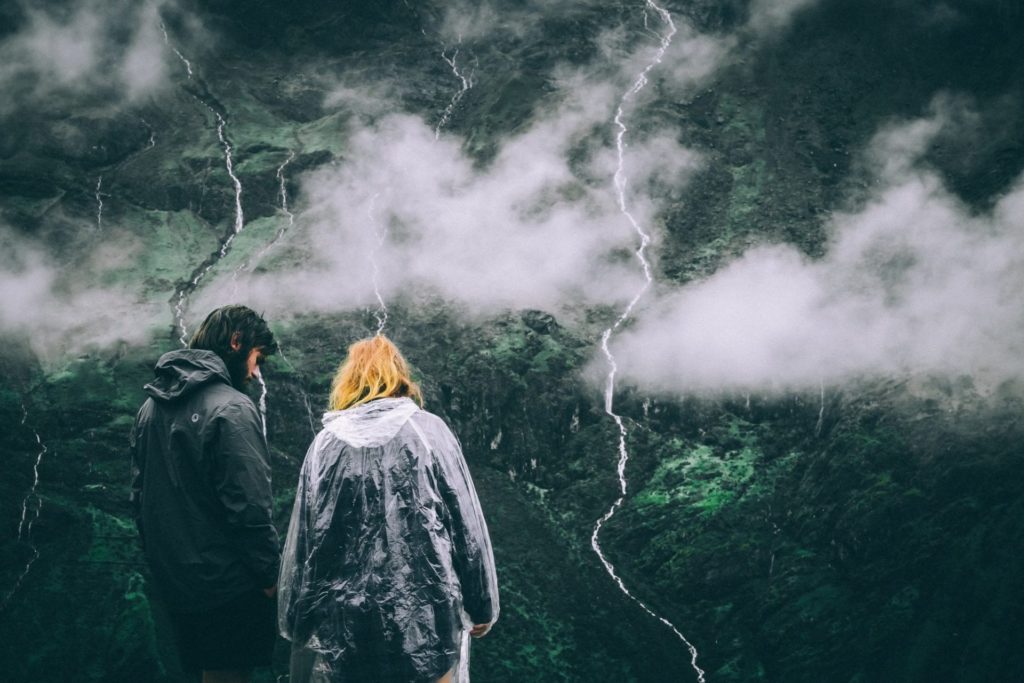
And if you are not planning a trip to Peru in the near future you can still get in on the ground floor of the Fair Trade game by visiting Grounds for Change online. Because:
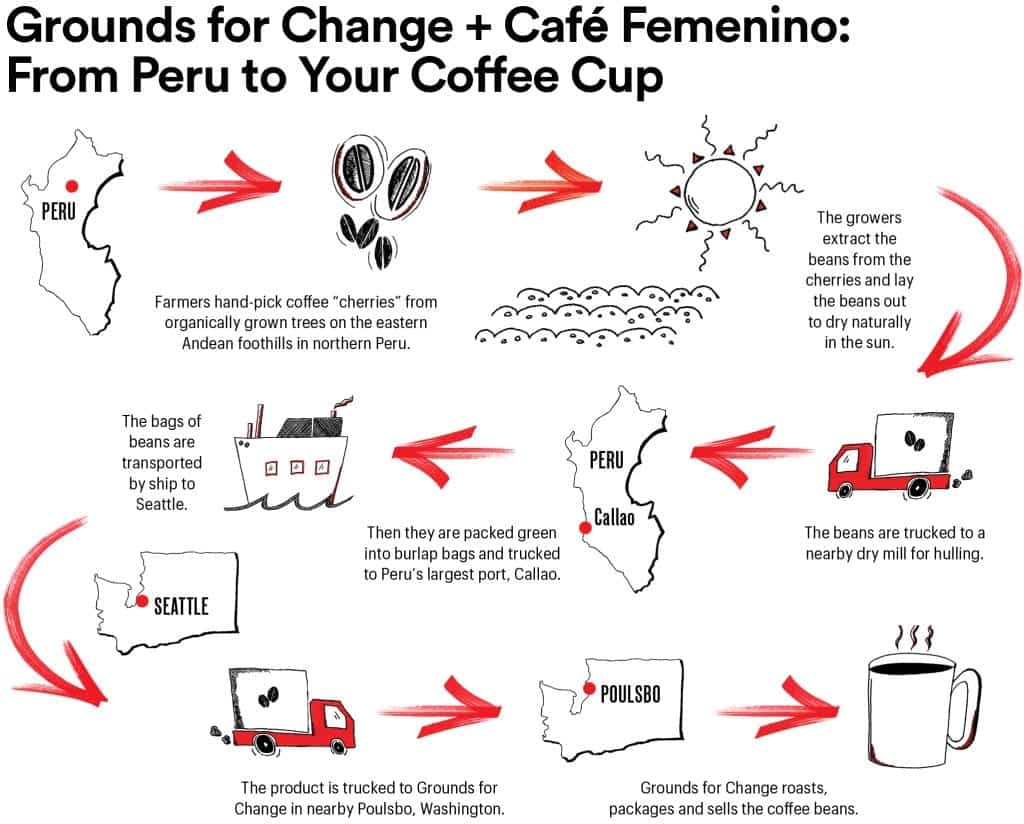
Featured images by Danielle MacInnes, Tyler Nix, Peter Hershey, Anna Goncharova & Yaroslav Blokhin on Unsplash

